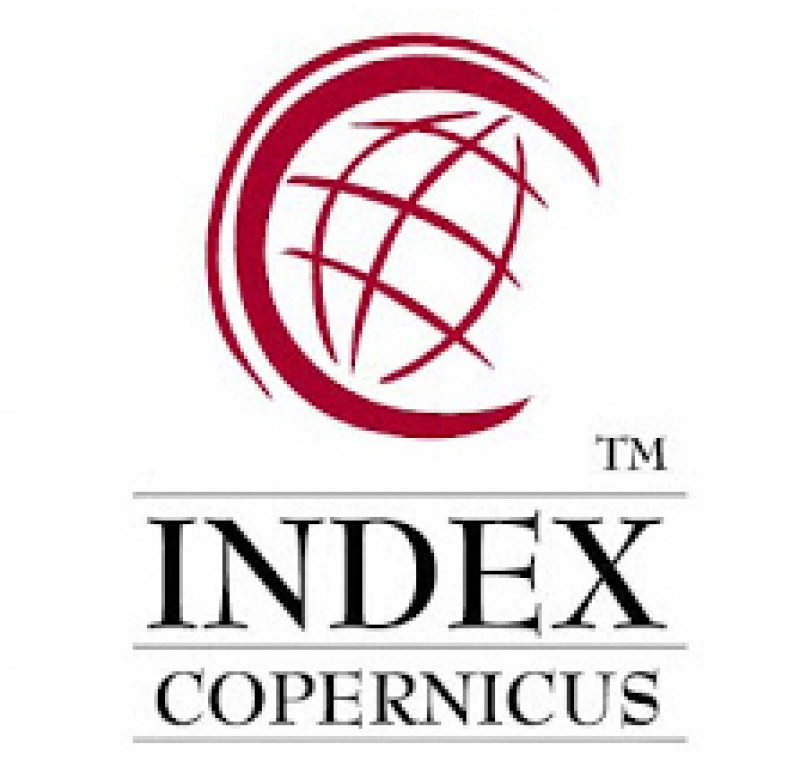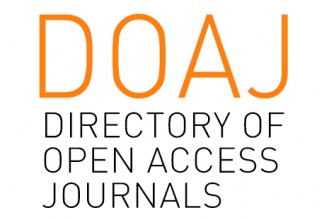The Teachers Perceptions and Challenges in TEYL Elementary Schools in East Lombok Indonesia
Abstract
This article are aims to identify teachers’ perception and to describe what are teachers' challenges of teaching English in elementary school. Besides, this study is use qualitative a qualitative study design as the purpose of this research is to find out the teacher perceptions of english teachers on teaching english for young learners and the subject of this study were from four teachers from four schools that teach for young English learners. As a concern, there are teachers from four elementary schools in Pringgasela district. the study concludes that teachers were not prepared to run English for Young Learner class because of (1) the lack of training for teaching young learners, (2) shortage of school facilities for teaching young learners and (3) absence of parental support. Pertaining on the second research question, i.e., what challenges do teachers face in teaching English to young learners at elementary schools, teachers faced challenges in teaching English to young learners, such as making English interesting, adapting to the curriculum, and maintaining student motivation.
Keywords
Full Text:
PDFReferences
Black, P., &William, D (1998) Assessments for Learning in the classroom.in J. Gardener (Ed), Assessments and learning (pp.9-25). London, uk: Sage Publication Ltd.
Cahyono, B.Y., & Widiati, U (2006). The teaching of EFL writing in Indonesia context: the state of art. JIP,13 (3),139-150.
Cizek, G (2010). An introduction to formative assessments: History, characteristics, and challenges. In H. Andrade, & G. Cizek (Eds.), Handbook of formative assessments (pp.3-17). New York, NY: Routledge.
Creswell, J. W. (2003). Research design: Qualitative, quantitative, and mixed methods approach (2nd ed.). Thousand Oaks, CA: Sage.
Darling-Hammond, L., Hyler, M. E., & Gardener, M. (2017). Effective Teacher Professional Development. Palo Alto: Learning Policy Institute.
Diyanti, & Madya (2021) English for young Learners (EYL) in ASEAN: Policy and implementation. Vol.5, No. 3,2021: Doi: https://doi.org/10.26858/ijole.v513.16382
Ersoz, A. (2007). Teaching English to Young Learners. Ankara: EDM Publishing.
Lincoln, Y.S. & Guba, E.G. (1985). Naturalistic inquiry. Sage Publications edition, in English, Thousand Oaks.
Nguyen D, Pietsch M, Gumus S. (2021). Collective teacher innovativeness in 48 countries: Effects of teacher autonomy, collaborative culture, and professional learning. Teaching and Teacher Education 106: 1–13. https://doi.org/10.1016/j. tate.2021.103463.
Nguyen, T.M.H., (2011) Primary English language education policy in Vietnam: insights from implementation. Current issues in language planning, 12 (2), 225–249.
Okhee Lee,Cory A. Buxton, James A. (2010) Divesity and equity in science education: Research,policy, and Practice. New York. Teachers College Press.
Tomlinson (2001) How to Differentiate instruction in mixed ability classroom. ASCD. https:// doi.org/10.1007/s11422-014-9571-6.
Thompson, R. M., (2003). Filipino English and Taglish: Language switching from multiple perspectives: https://doi.org/10.1075/sl.29.2.20tri.
Zein, S (2019). Classroom management for teaching English to young learners. In S. Garton & F. Copland (Eds.) The Routledge Handbook of Teaching English to Young Learners (pp 154–168). Routledge.
Zein, S. (2012). The contexts of English language teaching at the elementary level in Indonesia. Journal of Teaching and Education, 1 (3), 85–90. http://hdl.handel.net/1885/60667.
DOI: http://dx.doi.org/10.18415/ijmmu.v11i6.5946
Refbacks
- There are currently no refbacks.
Copyright (c) 2024 International Journal of Multicultural and Multireligious Understanding

This work is licensed under a Creative Commons Attribution-NonCommercial-NoDerivatives 4.0 International License.
https://ijmmu.com
editor@ijmmu.com
facebook.com/ijmmu
Copyright © 2014-2018 IJMMU. All rights reserved.



































